By Jove! 7 Weirdest Facts About Jupiter
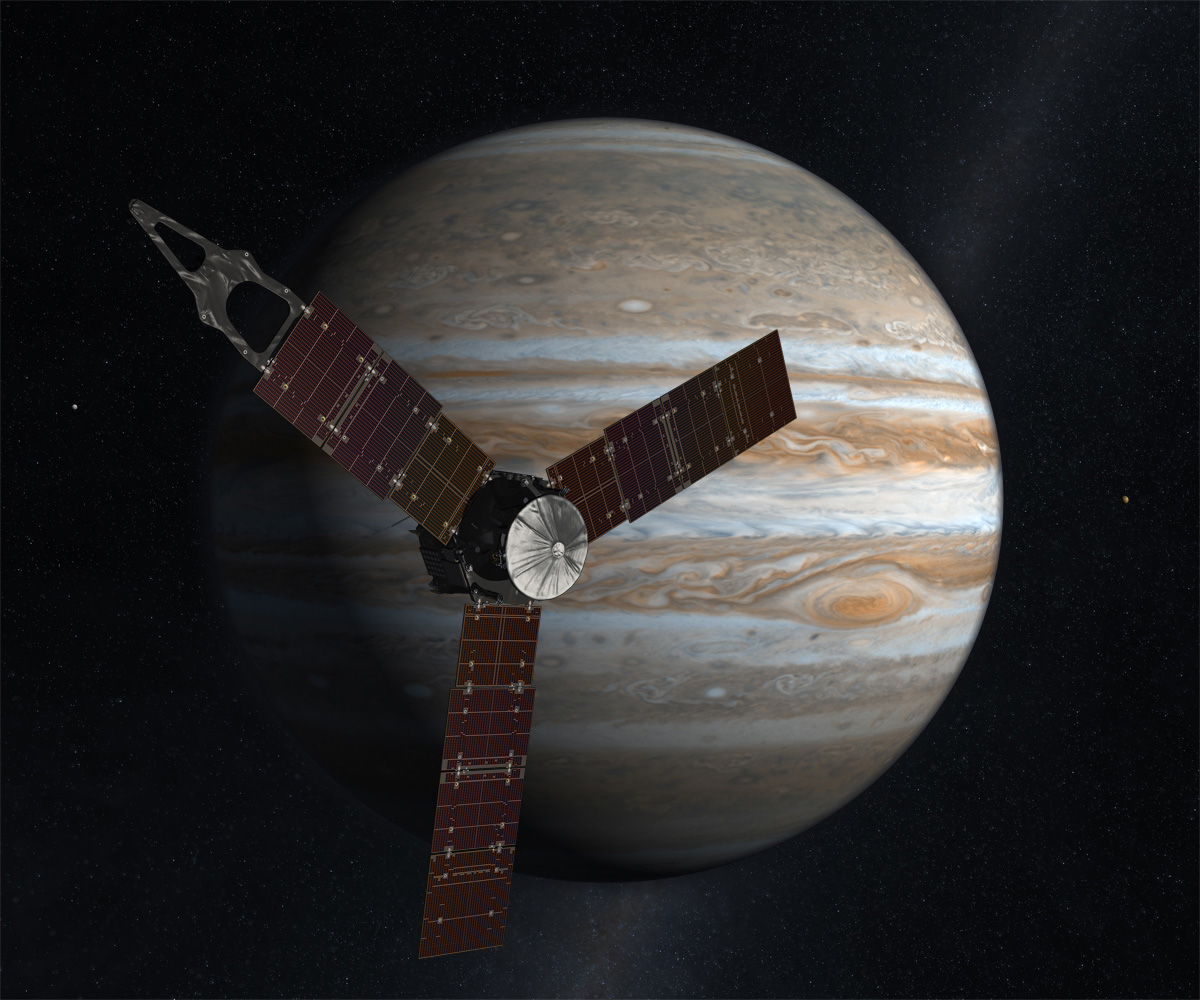
Gas giant
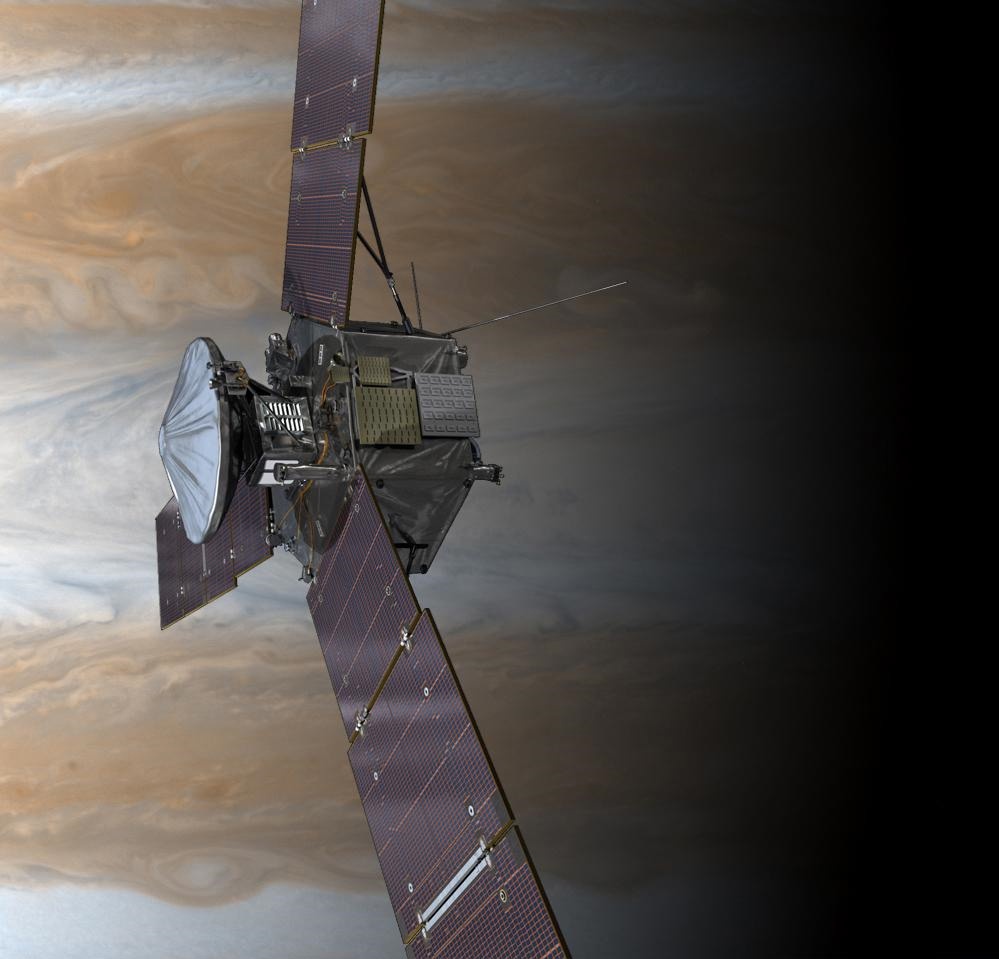
Jupiter, the largest planet in the solar system, is an important scientific target for astronomers. That's because the gas giant planet has such a big influence in this neighborhood of the cosmos; in the early days of the solar system, Jupiter gathered most of the planetary mass, and its gravity might have redirected life-threatening asteroids and comets away from Earth.
But Jupiter is also a fascinating target for Earthlings gazing up at the sky, and the planet has been a force in culture and history over the ages. As NASA's Juno spacecraft prepares to arrive at Jupiter on July 4, after traveling more than 1.7 billion miles (2.7 billion kilometers), scientists are poised to learn a lot more about the gas giant. But until then, here are some of the weirdest facts astronomers already know about Jupiter.
The Great Red Spot is shrinking
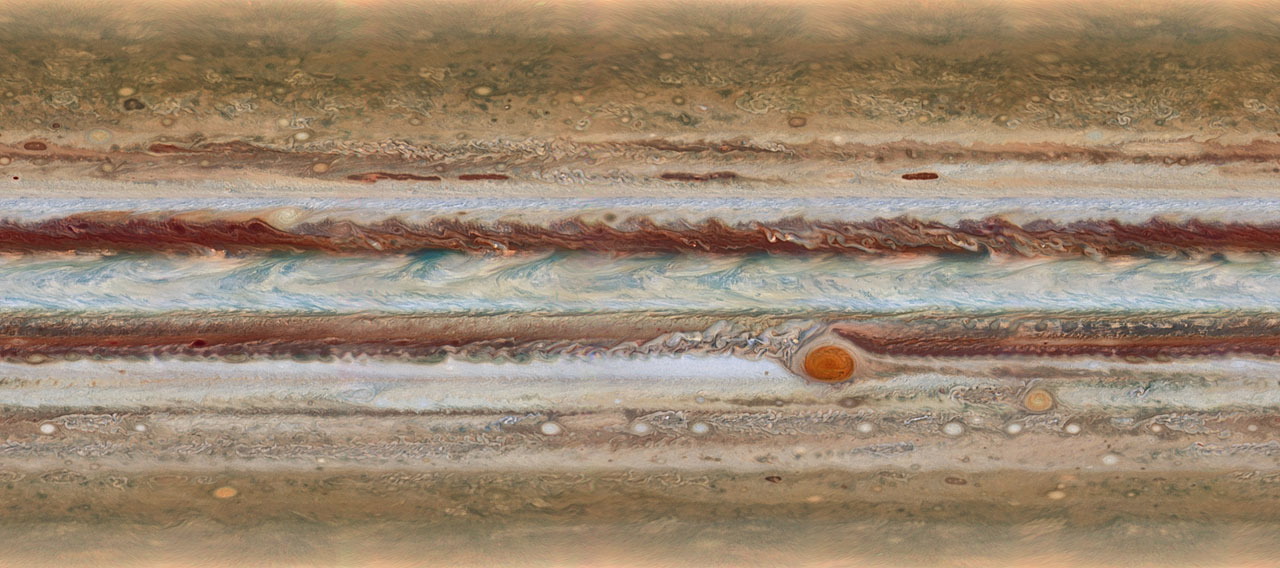
The Great Red Spot is a huge storm on Jupiter that has been raging for at least 400 years, ever since telescopes first began looking at the planet. But since at least the 1930s, this massive storm has been shrinking.
In 2014, images of the storm taken by the Hubble Space Telescope showed that it measured 10,250 miles (16,500 km) across, or about half its when observed in the 1800s. The storm also seems to be shrinking even faster as it gets smaller, which has astronomers stumped.
"One possibility is that some unknown activity in the planet's atmosphere may be draining energy and weakening the storm, causing it to shrink," Hubble officials said in a 2014 statement.
Jupiter can cast shadows on Earth
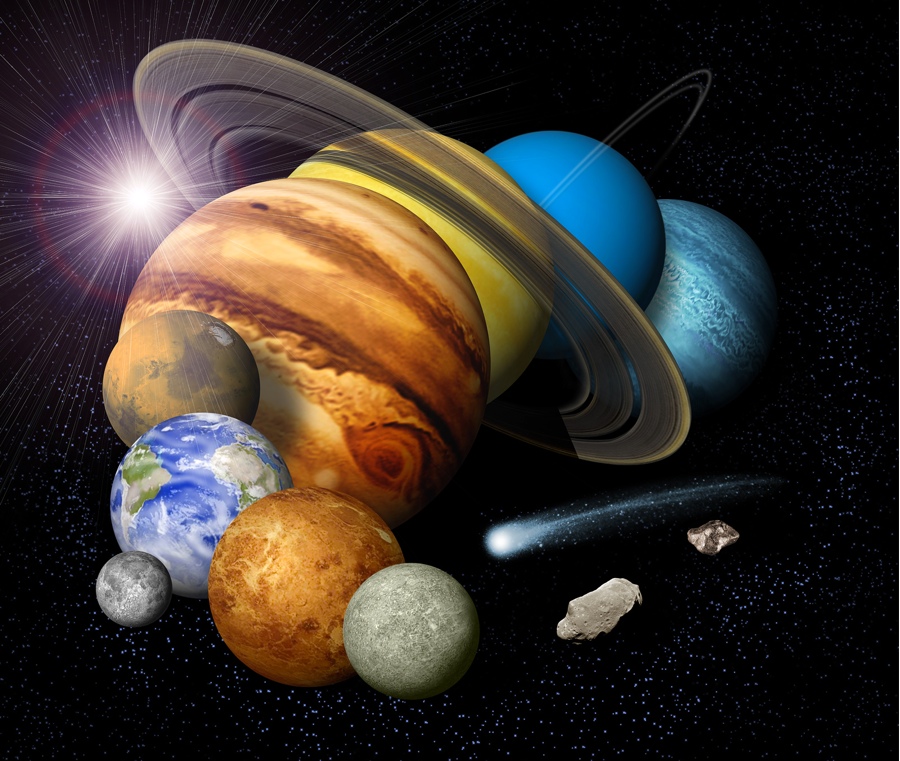
Some objects are so bright in the sky that they can cast shadows on the ground on Earth. The sun and the moon are the most obvious examples, but under very dark skies, there have been reliable reports that Venus can also cast shadows on Earth. Jupiter, however, is not quite as bright in the night sky as Venus.
Astronomer Phil Plait, creator of the "Bad Astronomy" blog, wrote in 2011 that he did see claims that Jupiter can cast shadows on Earth, but these were not proven until that year. The evidence came from a 14-year-old Canadian amateur astronomer, Laurent V. Joli-Coeur. The teenager created a sort of "Jupiterdial" (sundial shape) with a post to cast a shadow. He aimed the rig at Jupiter and caught a shadow, even after rotating the contraption a bit.
Get the world’s most fascinating discoveries delivered straight to your inbox.
Joli-Coeur also pointed the rig away from Jupiter and saw no shadow, proving that the planet itself had created the dark spots.
Jupiter is a handy spacecraft slingshot
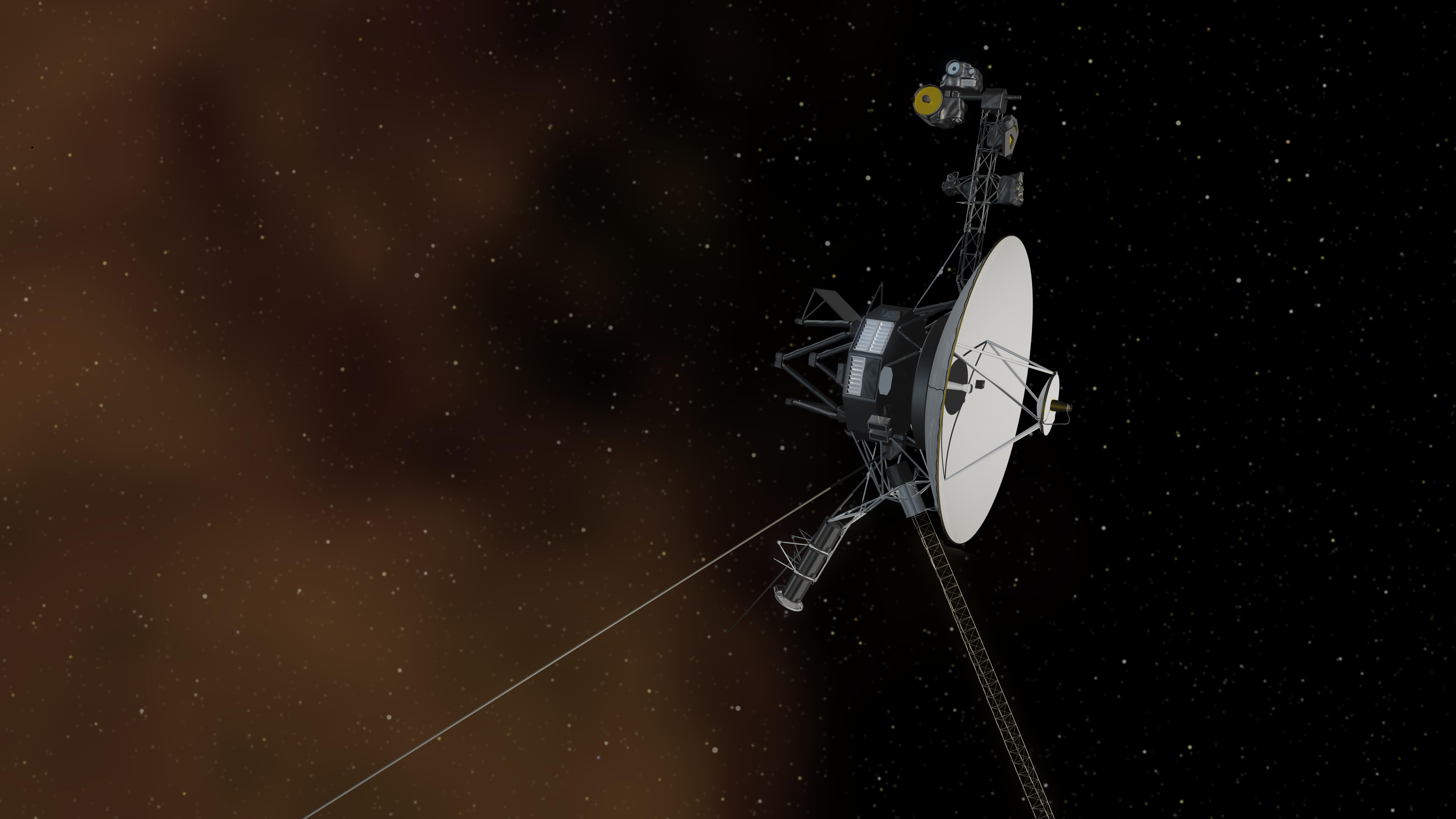
Earthlings are really lucky to have Jupiter in the outer solar system. The planet provides a handy method for passing spacecraft to pick up some speed on their journeys deeper into the solar system.
Perhaps the most famous examples are the two Voyager spacecraft in the 1970s. Voyager 1 used Jupiter to change its direction and fly high above the solar system's ecliptic plane, while Voyager 2 swung by the giant planet and kept going to Saturn, Uranus and Neptune during what was a once-in-a-lifetime alignment. Voyager 1 exited the solar system in 2013, the first spacecraft to do so.
Other prominent Jupiter flybys include the Pioneer 10 and 11 spacecraft in the early 1970s (the spacecraft stopped transmitting to Earth, but are still flying out of the solar system), the Cassini-Huygens probe on its way to Saturn, and the New Horizons probe on its way to Pluto.
If you're happy and you know it, the ancients credited Jupiter
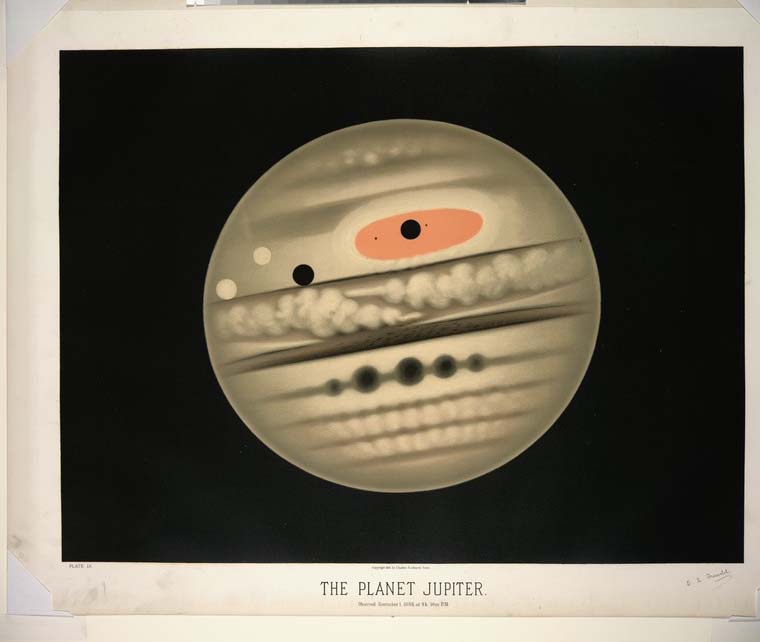
The word "jovial", which means "happy" or "joyful," has its roots in an alternative name for Jupiter, "Jove." "Jovial" is a late 16th-century word that originally comes from the Latin word "jovialis," meaning "of Jupiter." It was supposed to refer to the planet Jupiter's influence on a person.
In ancient times, many civilizations believed the gods governed people's fates and also the motions of the planets in the sky, so these civilizations named the visible-eye planets after gods. Because Jupiter was big, bright and moved relatively slowly, some cultures named the planet after the chief of their gods (such as Zeus in Greece, rebranded as Jupiter by the ancient Romans).
Germanic culture called the gas giant "Thor," the god of thunder and lightning. The word Thor is the root of the word "Thursday" (or "Thor's day"), meaning Jupiter is also tied to one of the days of the week. In fact, all the visible-eye planets, as well as the sun and the moon, are represented in the days of the week.
The ancient Babylonians used advanced math to track Jupiter
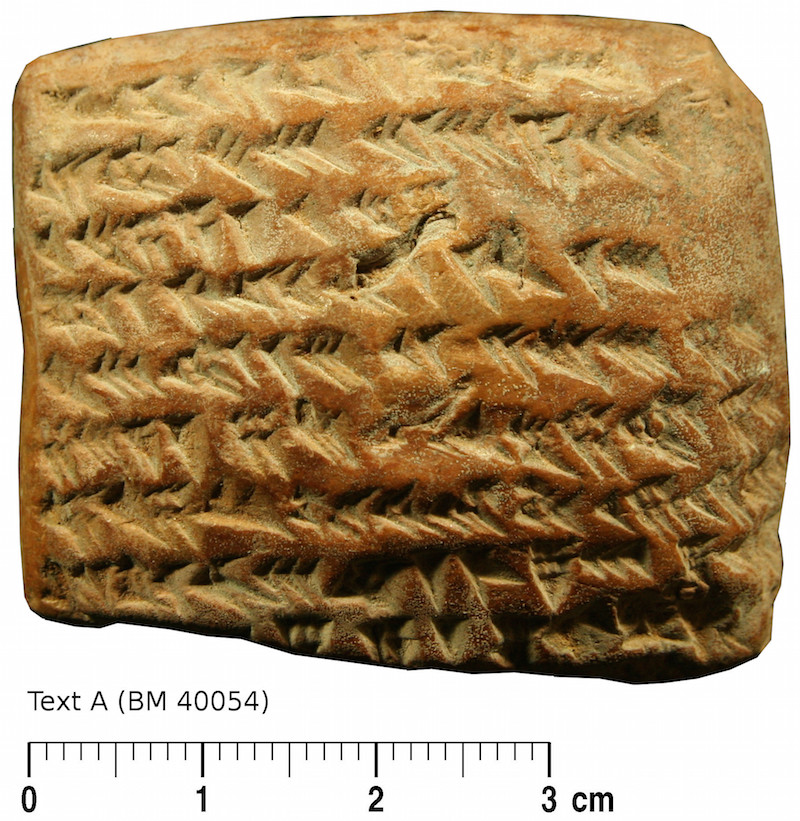
The Babylonians were another ancient culture fascinated by Jupiter. In early 2016, science historian Mathieu Ossendrijver published results in which he analyzed a Babylonian tablet created between 350 B.C. and 50 B.C., long held in the collection of the British Museum in London.
Ossendrijver suggested this culture used a rudimentary form of integral calculus to track Jupiter's path across the sky. Such use would predate the supposed invention of the technique in medieval Europe. According to his analysis, the tablet has plots of Jupiter's apparent decreasing velocity between the time Jupiter first appears on the horizon to 60 days later and 120 days later.
This was an abstract use of geometry that was not used by the ancient Greeks or other cultures that tracked the sky in ancient times, the study said.
Jupiter sometimes moves backward in the sky
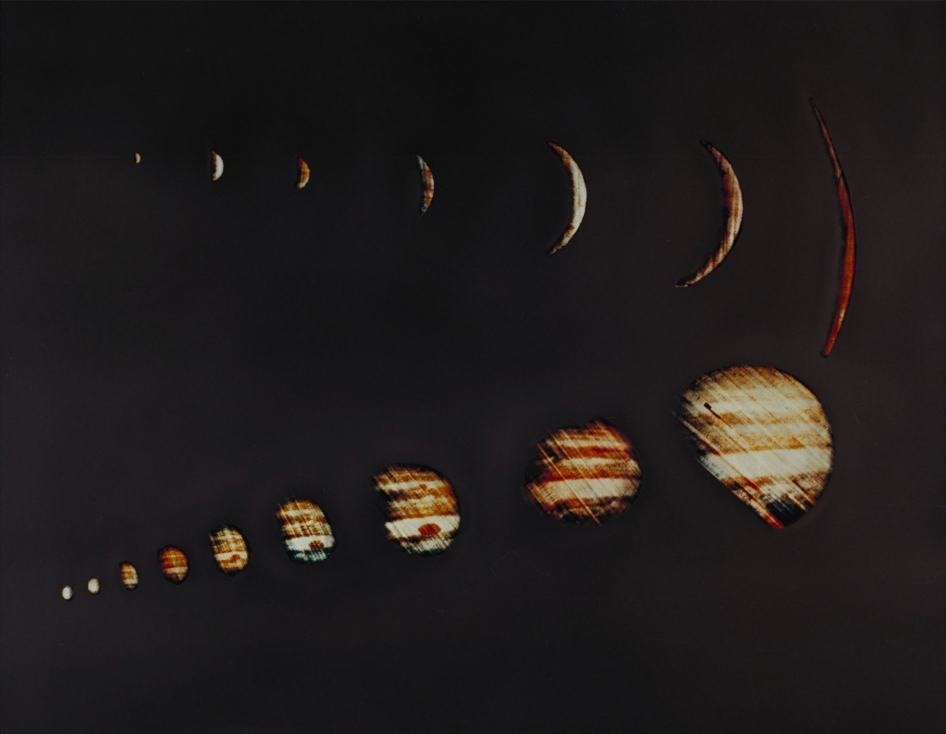
Earth is one of the innermost planets of the solar system. This means that every so often, this planet's orbit catches up to worlds that are traveling further away from the sun. Mars is the most spectacular example. Even the ancients could clearly see the Red Planet moving backward in the sky briefly during every orbital cycle.
For the most part, the ancients couldn't figure out why (most cultures put Earth at the center of the universe), but that was explained when solar system models were adjusted to put the sun at the center instead. It turns out that Jupiter also displays this so-called retrograde motion, because it also orbits further out than Earth.
Each year on Earth, there is a period during which Jupiter moves westward in the sky by about 10 degrees as the Earth "catches up" in its orbit and then sails by.
Jupiter's moons helped show scientists the speed of light

Humanity has only known for a few centuries that the speed of light is finite. It's also a very difficult thing to measure, because it is so fast. There are a few ways by which the speed of light was eventually figured out, and one of them involved the planet Jupiter.
In the 1600s, Danish astronomer Ole Roemer helped solve a problem that had vexed astronomers. Scientists had noticed that eclipse tables of Jupiter's moons were always 16 minutes and 40 seconds late when Jupiter was on the far side of the sun from the Earth.
In 1675, Roemer said this is because of the speed of light and correctly measured the velocity as being more than 186,000 miles per second (300,000 km per second).

Elizabeth Howell was staff reporter at Space.com between 2022 and 2024 and a regular contributor to Live Science and Space.com between 2012 and 2022. Elizabeth's reporting includes multiple exclusives with the White House, speaking several times with the International Space Station, witnessing five human spaceflight launches on two continents, flying parabolic, working inside a spacesuit, and participating in a simulated Mars mission. Her latest book, "Why Am I Taller?" (ECW Press, 2022) is co-written with astronaut Dave Williams.


